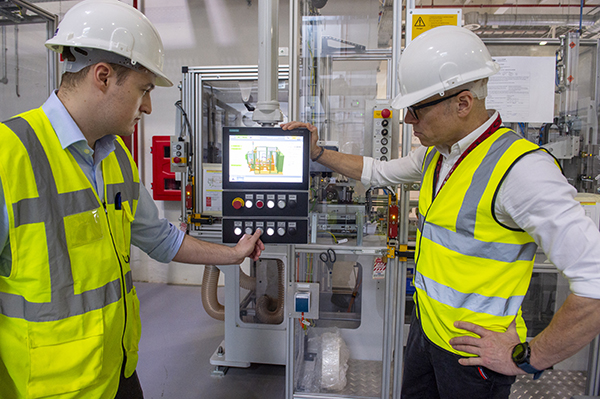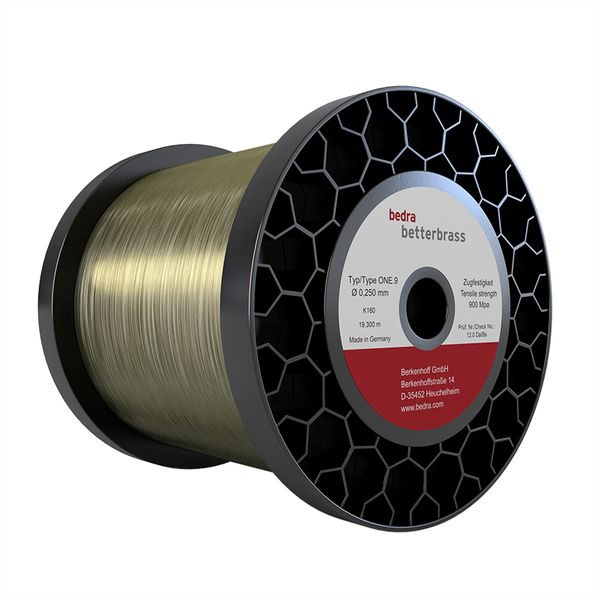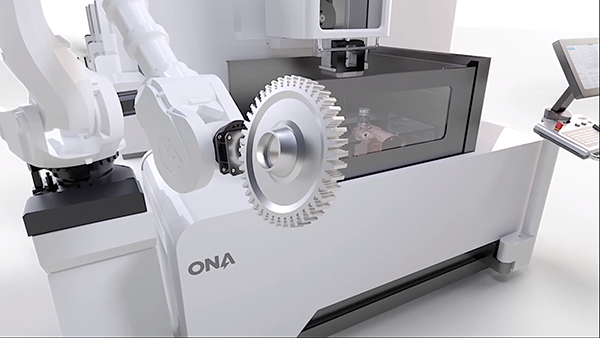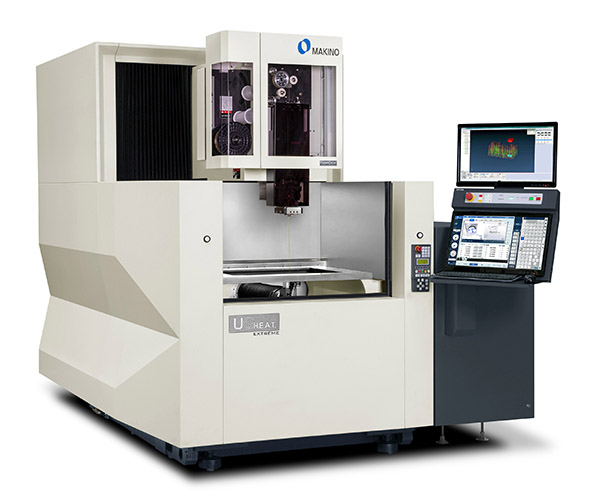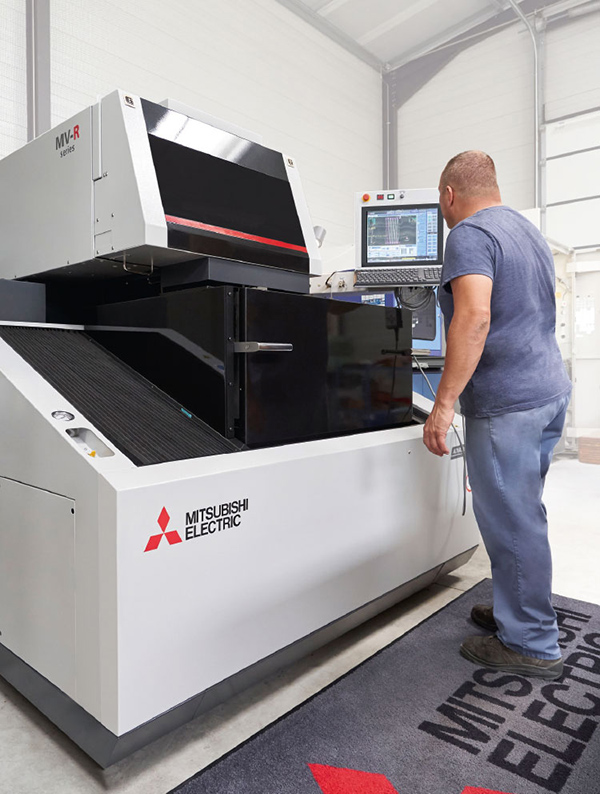Now available in the UK from NCMT is the Makino U6 HEAT Extreme wire EDM, which uses the largest diameter wire – 0.4 mm – of any machine on the market, says the company.

The wire is coated and distinct from the 0.25 mm uncoated brass wire that is commonly used in industry. This extra wire thickness, together with the use of a second booster generator in the machine, allows two-to-three times higher feed rates and heavier duty machining, coupled with a slower un-spool speed, so there is no increase in wire consumption rate. At MACH 2020 (now postponed to January), NCMT was set to highlight the roughing of a turbine blade’s fir-tree root form, assisted by dual pumps delivering high flushing pressure and volume.
Comprising part of Makino’s U-series wire EDM machine platform, the U6 HEAT Extreme uses a newly developed Bedra copper core wire with a double layer coating featuring controlled zinc donation. The wire has been optimised for use with Makino’s generator and is exclusive to the machine. Areas of application include aerospace and medical component machining, separating additively manufactured parts, machining tall moulds and dies, and tackling tough nickel alloys.
Makino’s U6 HEAT Extreme also features the company’s HyperDrive Extreme wire control, which employs servomotor tensioning to facilitate both jet and jet-less automatic threading modes, and expands the range and stability of wire tension to overcome the difficult job of reliably threading high tensile and stiff 16-micron wire.
A cutting conditions library has been developed to provide an optimum combination of speed, accuracy, surface finish and wire consumption for both sealed and poor flush applications. Settings for two-pass machining have also been created to provide optimal productivity.
To reduce maintenance costs, the machine features long-life energisers that extend the service life of this consumable. Moreover, to improve ease of-use and productivity, the U6 HEAT Extreme comes with the intuitive Hyper-i twin-screen control that includes functions to support the needs of operators at all skill levels.
For further information www.ncmt.co.uk







